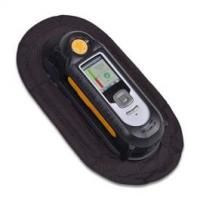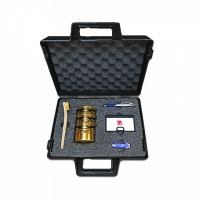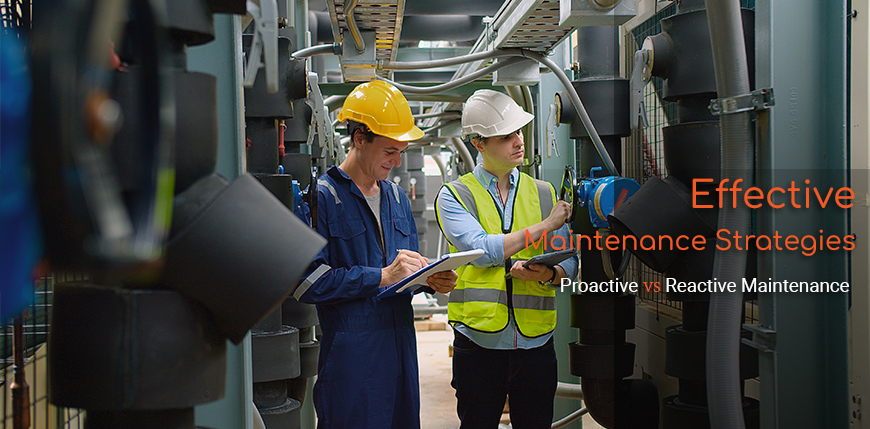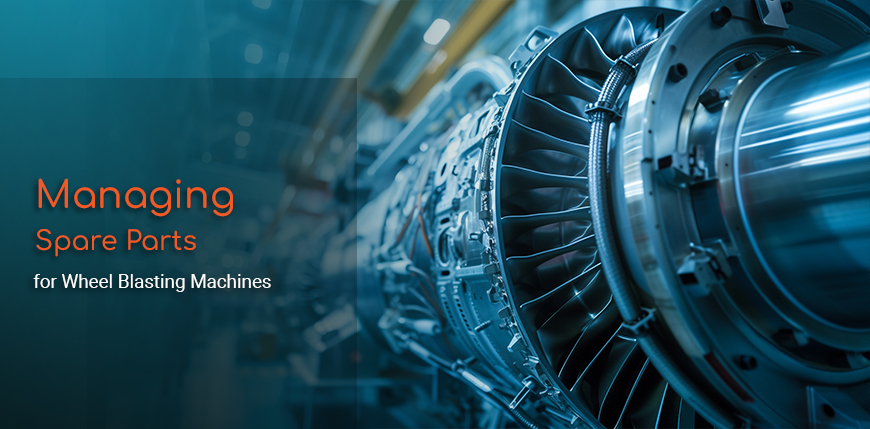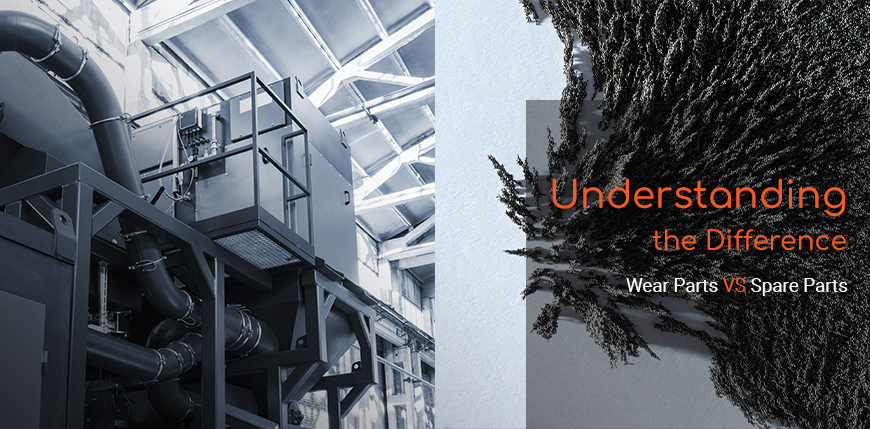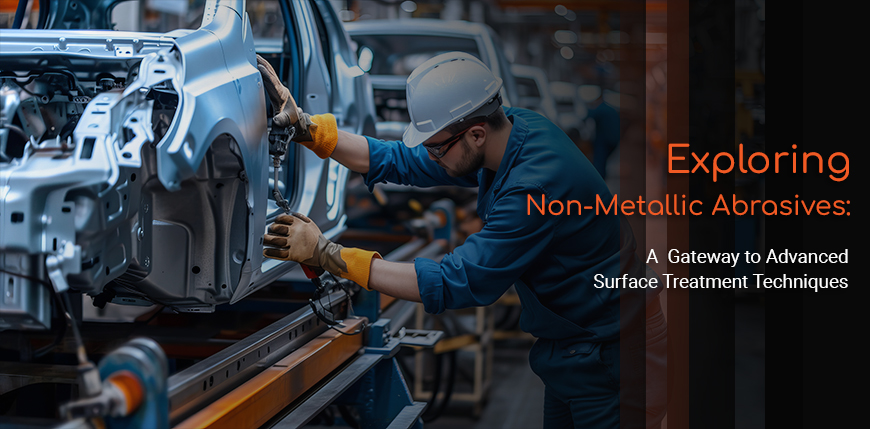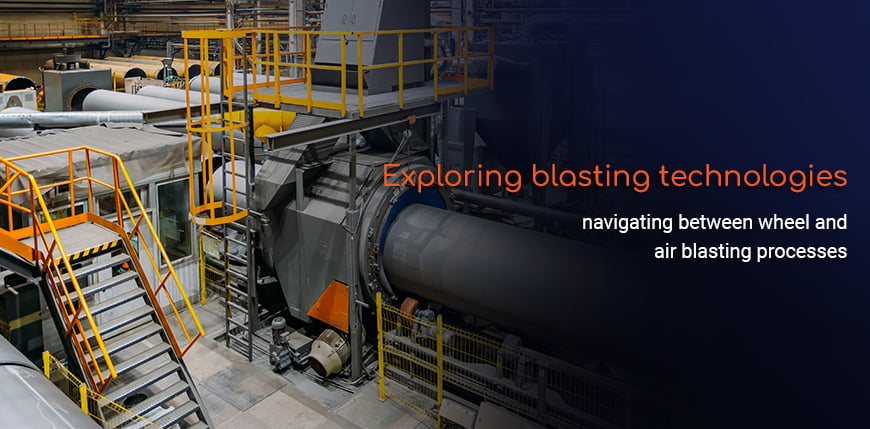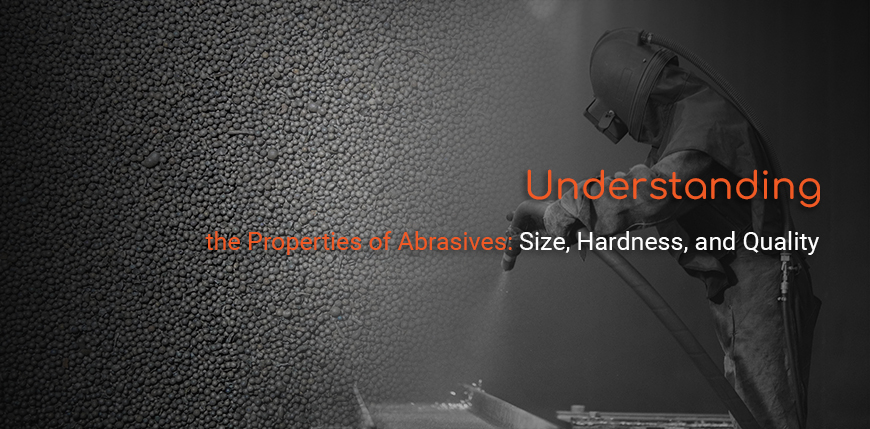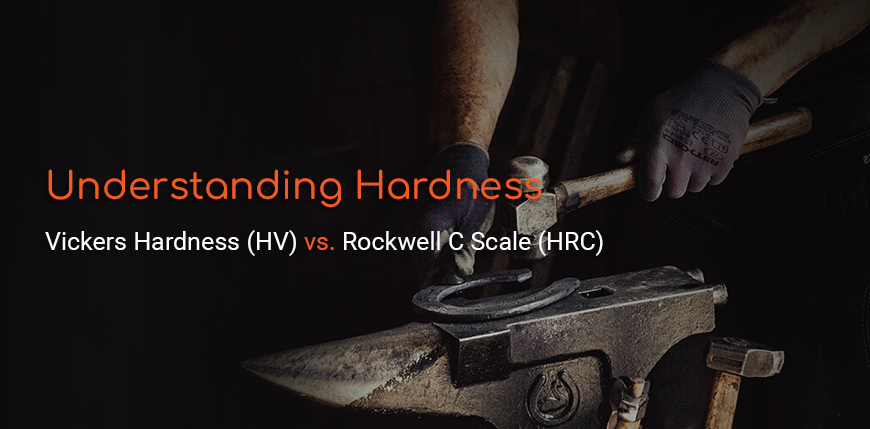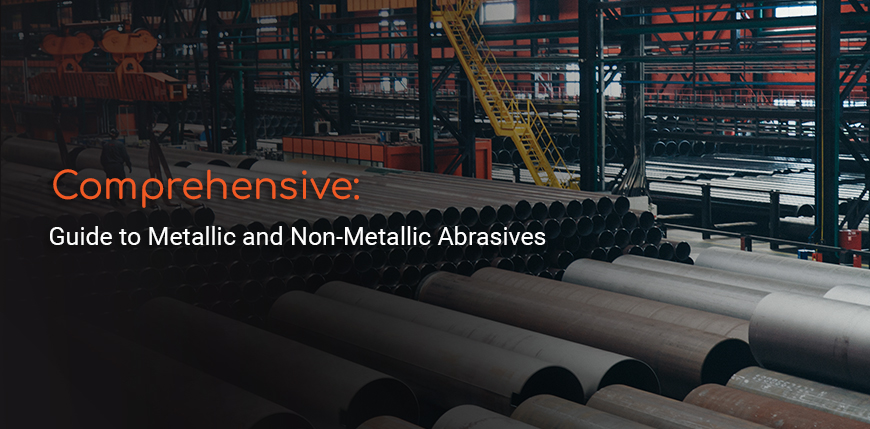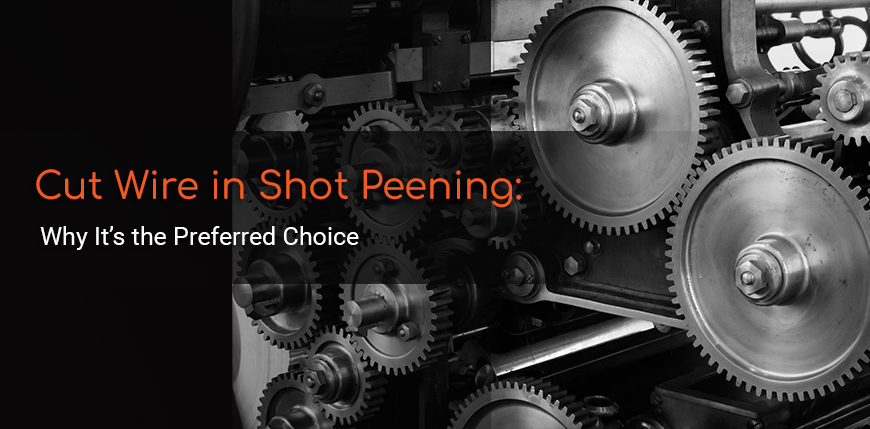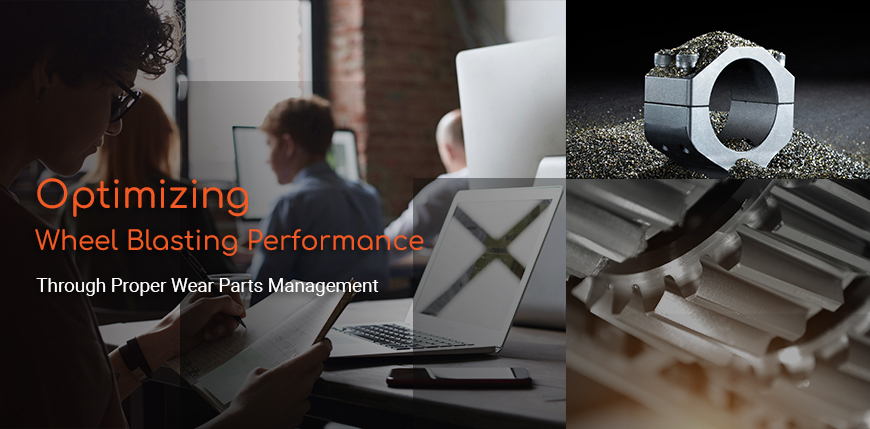
Wear parts, including blades, control cages, and impellers, are crucial to the blasting process, ensuring that abrasive media is accurately delivered and effectively applied to the target surfaces. Proper management of these wear parts not only maintains the quality of the blasting but also significantly reduces operational costs and extends the life of the machine. This article explores best practices for managing wear parts in wheel blasting machines and how these practices can optimize overall performance.
The Importance of Wear Parts in Wheel Blasting
Wear parts in wheel blasting machines are subject to continuous, high-intensity use. These parts are designed to endure the abrasive impact of the blasting media but are not immune to wear and tear. Over time, the repeated high-speed contact with abrasive materials causes these parts to degrade, which can lead to a decline in machine performance and blasting quality.
Key Wear Parts:
- Blades: These are responsible for propelling the abrasive media at high speeds toward the workpiece. Worn blades can misdirect the abrasive stream, leading to uneven blasting and reduced surface cleanliness.
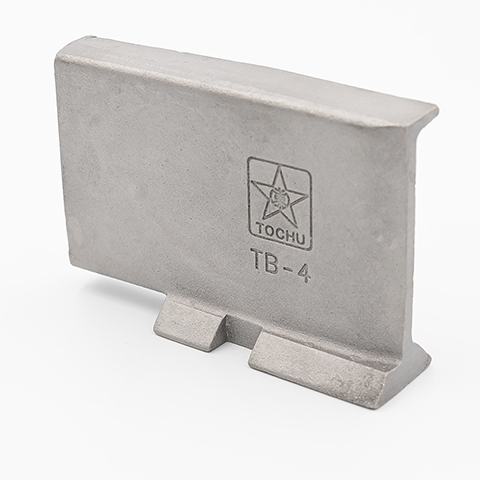

2. Control Cage: This component controls the direction and flow of the abrasive media onto the blades. As it wears, the precision of the blasting decreases, causing the media to be misapplied and resulting in inconsistent blasting patterns.
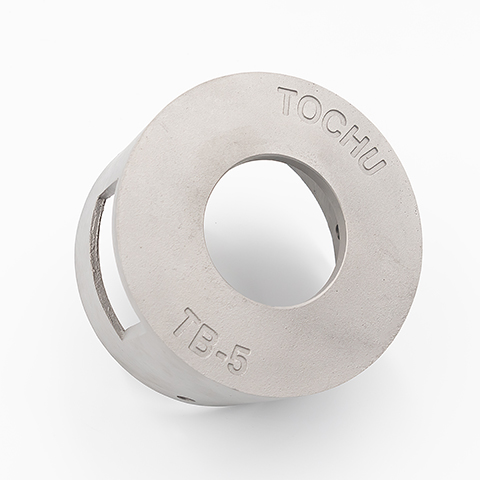

3. Impeller: The impeller distributes the abrasive media onto the blades. A worn impeller can cause uneven distribution, leading to increased wear on the blades and suboptimal blasting performance.
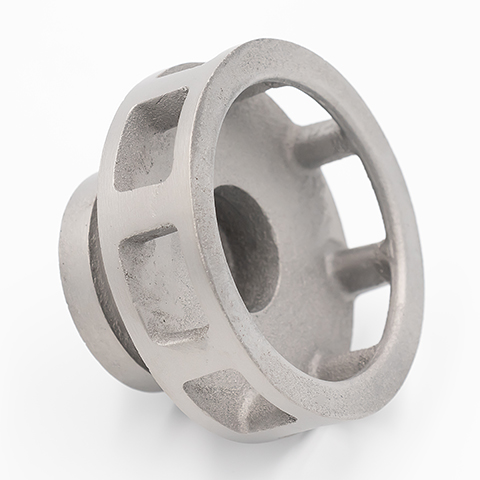

Signs That Wear Parts Need Replacement
Recognizing when wear parts need replacement is crucial to maintaining optimal machine performance. Here are some indicators:
1. Blades: Worn blades may develop deep grooves or channels due to the abrasive media. If the blade thickness has reduced to 4mm from an original 12mm, it’s time for a replacement. Uneven wear patterns, such as narrow channels or deep crevices, indicate the presence of fine particles in the abrasive mix, which accelerates wear.
2. Control Cage: The control cage has wear indicators on either side of its opening. When these indicators have worn down to one-third of their original width, the control cage should be replaced. Continued use beyond this point can lead to significant misdirection of the abrasive media, resulting in poor blasting quality and increased wear on other components.
3. Impeller: Although the impeller does not have a specific wear indicator, it should generally be replaced at the same time as the control cage. This ensures that the abrasive media is properly distributed to the blades, preventing premature wear and maintaining consistent blasting
Best Practices for Managing Wear Parts
1. Regular Inspections: Conduct weekly inspections of wear parts to check for signs of wear and tear. This proactive approach helps identify issues before they lead to significant performance declines or machine breakdowns.
2. Timely Replacements: Replace wear parts as soon as they show significant wear. Delaying replacement can lead to uneven blasting, longer cycle times, and higher operational costs. It can also cause damage to other machine components, leading to more extensive and costly repairs.
3. Quality Over Cost: Invest in high-quality wear parts, even if they come with a higher upfront cost. Cheaper alternatives often wear out faster, leading to more frequent replacements and potential damage to the machine. High-quality parts, on the other hand, provide longer service life and maintain consistent blasting quality.
4. Use of Advanced Materials: Consider using wear parts made from advanced materials like tungsten carbide. These parts offer significantly longer service life compared to standard wear parts. However, they require well-maintained machines and precise settings to avoid damage due to their brittleness.
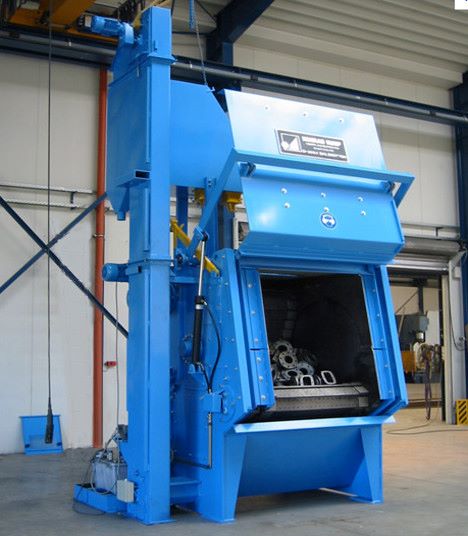

Economic Impact of Proper Wear Parts Management
Proper management of wear parts not only ensures consistent machine performance but also has significant economic benefits:
1. Reduced Downtime: By replacing wear parts before they fail, you can avoid unplanned downtime, which can be costly in terms of lost productivity and emergency repairs.
2. Lower Operating Costs: Regular maintenance and timely replacement of wear parts help maintain optimal machine performance, reducing the time and energy required for each blasting cycle. This leads to lower operating costs and improved overall efficiency.
3. Extended Machine Life: Keeping wear parts in good condition prevents excessive wear on other machine components, thereby extending the overall lifespan of the machine. This reduces the need for costly capital expenditures on new equipment.
Tools for Monitoring Wear Parts
While remote monitoring tools are not yet widely available for analyzing wear part conditions, several diagnostic tools can help you assess the condition of your wear parts:
1. Thermal Cameras: These can be used to monitor the direction and intensity of the abrasive stream, helping to identify any misalignment caused by worn wear parts.
2. WA Clean System: This system measures the cleanliness and uniformity of the blasted surfaces, providing feedback on the effectiveness of the blasting process and indicating when wear parts may need attention.
3. Sieve Kits: These kits allow you to measure the granulometric distribution of the abrasive mix, helping to identify any deviations that could affect blasting quality and indicating when adjustments to wear parts or machine settings are necessary.
Conclusion and Expert Guidance
By conducting regular inspections, replacing parts when necessary, and investing in high-quality components, you can ensure that your wheel blasting machines operate efficiently and consistently. The use of diagnostic tools further enhances your ability to monitor wear part conditions and make informed maintenance decisions.
For further advice and support on wear parts management and other aspects of wheel blasting machine maintenance, consulting with industry experts can provide valuable insights and help you implement best practices. This approach not only extends the life of your equipment but also ensures the highest quality results in your surface preparation processes.



